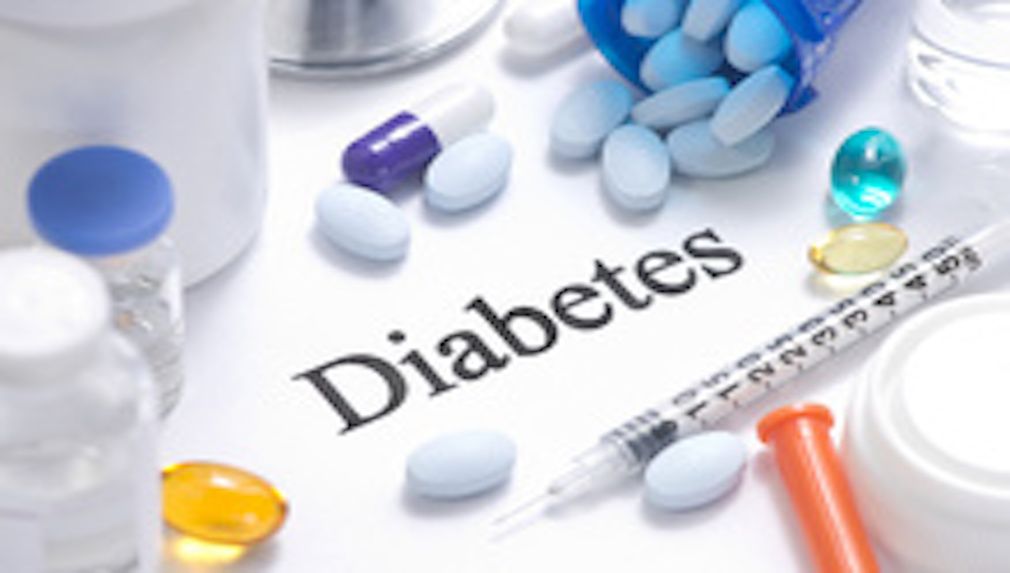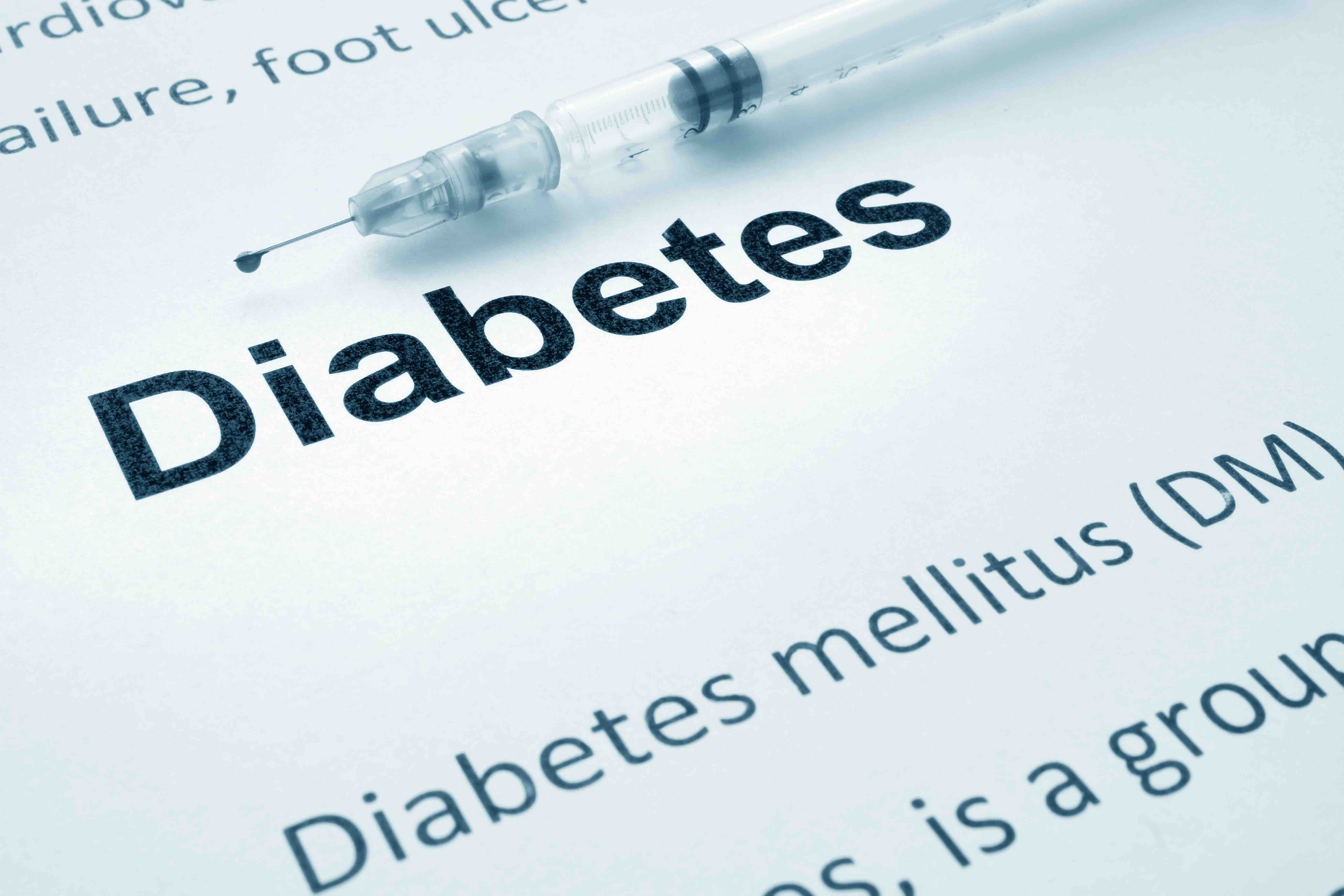Article
Severely Obese With Mental Illness Get Same Benefits From Lifestyle Intervention as Those at Lower BMI
Author(s):
Coordinating mental health and treatment of chronic disease has gained traction since the passage of the Affordable Care Act.
The heaviest patients with mental illness experienced similar benefits from a lifestyle intervention as those who started out at a lower body mass index (BMI), according to a study just published in the American Journal of Preventive Medicine.
Authors led by John A. Naslund, MPH, examined data from 3 trials of a 12-month intervention known as SHAPE. The 192 participants all had schizophrenia or mood disorders; 2 studies were randomized clinical trials and 1 was an implementation study. The patients were classified based on the degree of their obesity: severe obesity (BMI at least 40), class II (BMI 35 to < 40), class I (BMI between 30 to < 35), and overweight patients (BMI 25 to < 30).
In this case, the intervention involved a gym membership at a community health center that featured weekly meetings with a certified fitness trainer and instruction on healthy eating and nutrition. Patients completed a 1-week training that included motivational interviewing, goal setting, and lessons in how to track eating and exercise. The first week also included strategies for treating mental health symptoms that interfere with diet and exercise.
After 12 months, the patient group as a whole experienced substantial weight loss. Differences between the obesity classes were varied, but all classes benefited. Across all BMI classes, nearly one-third of the patients lost at least 5% of their weight, which is researchers found significant, because losing this much weight produces cardiovascular benefits.
Pairing treatment of physical and behavioral health issues is gaining traction since the passage of the Affordable Care Act, which requires parity for mental health services and demands greater coordination of care. Research shows that when conditions are treated collectively—especially recognizing the effect that some psychotropic drugs have on weight—patients have better cardiovascular and metabolic outcomes, and their depression improves.
Within the BMI groups there were differences between the BMI groups. Among the most severely obese patients, those with BMI of 40 or higher, 32.7% lost at least 5% of their weight, and 20% lost more than 10% of their weight. By contrast, only 27.5% of class I patients lost 5%; and 5.9% lost 10% of their weight. Among those merely overweight, about one-third lost at least 5% but only 2.9% lost 10% of their weight.
Fitness measures were more uniform across all BMI groups, based in the ability to achieve at least a 50 meter increase in the 6-minute walk test. Also, there was not much difference among the groups for the share of participants who achieved an 80-meter increase in the 6-minute walk test.
Researchers found substantial differences among the different BMI groups in terms of session attendance. Those in the severe obesity group attended fewer sessions (21.53 on average), compared with the overweight group (27.74), the class I obese group (24.49) and the class II group (29.74). However, an analysis showed that overall program adherence was not as difference as the session attendance suggested.
The authors encouraged more work on lifestyle interventions among the severely obese. “Even though this study showed comparable outcomes across BMI groups, individuals with severe obesity remains at markedly higher risk of cardiovascular disease and other serious health consequences,” they wrote. Of particular concern—a high share of those who were severely obese also smoked (33.9%), which is a common among those with mental illness.
“Lifestyle interventions targeting diet and exercise offer valuable opportunities for promoting weight loss and reducing cardiovascular risk in this vulnerable group,” the authors concluded. “The current study offers additional strong evidence for implementing these programs as part of core services delivered within community mental health settings.”
Reference
Naslund JA, Aschbrenner KA, Scherer EA Pratt SI, Wolfe RS, Bartels SJ. Lifestyle intervention for people with severe obesity and serious mental illness. Am J Prev Med 2016;50(2):145-153.





